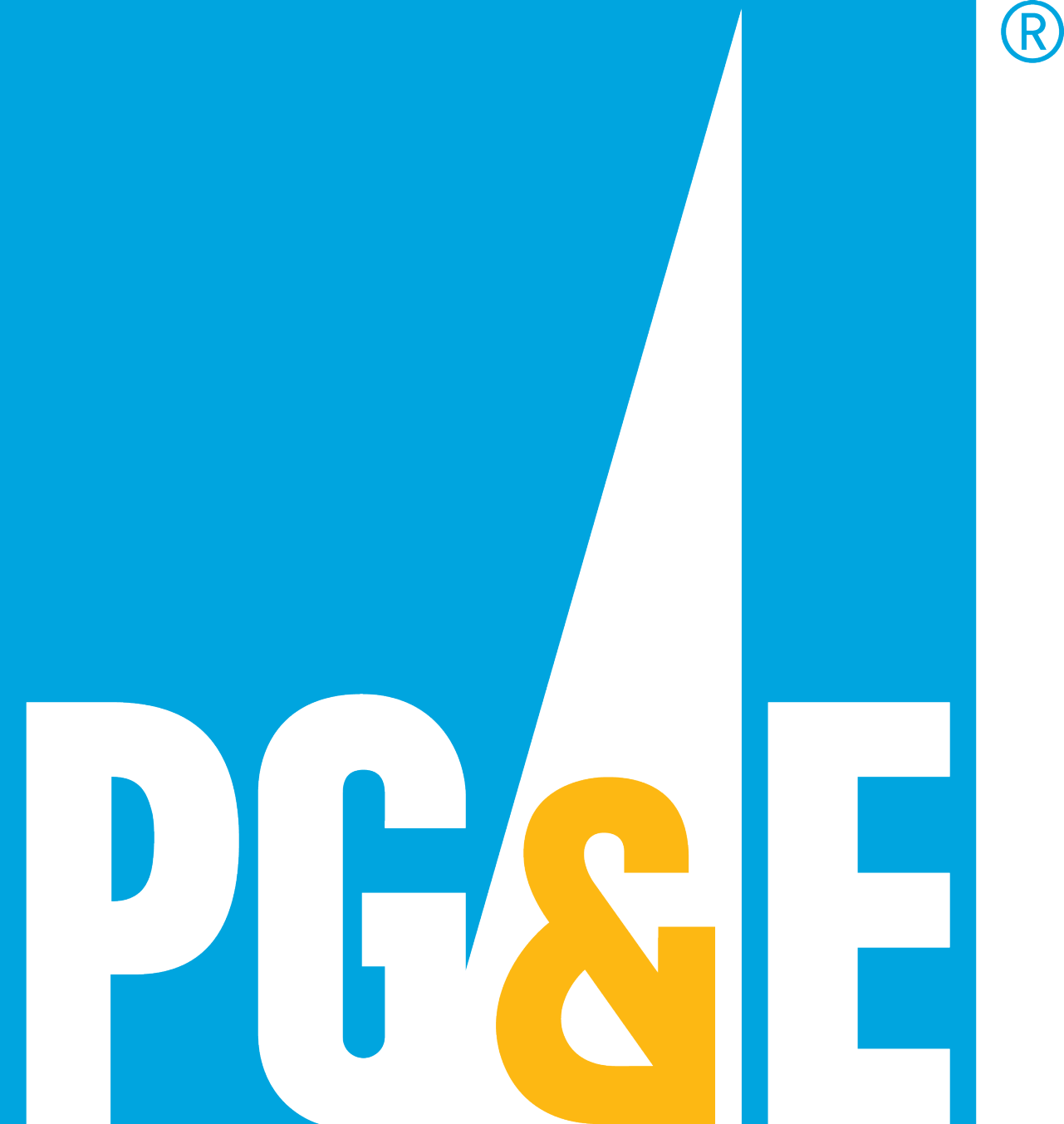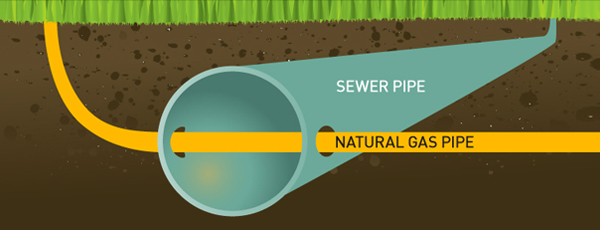Keeping the area above the pipeline safe for our communities
For the safety of our customers, we work closely with communities to keep the areas above natural gas transmission pipelines safe and clear across our service area.
We regularly inspect the area above and around a pipeline for structures or vegetation that might be near enough to interfere with operations and pose a safety concern. Certain trees and structures can block access in an emergency or for critical maintenance work. These items can also damage the pipe and may cause corrosion, which can lead to leaks.
If we identify a structure, tree or vegetation that poses a safety concern, we work closely with the property owner to remove or relocate the item away from the pipeline to help ensure the gas system continues to operate safely for years to come.


